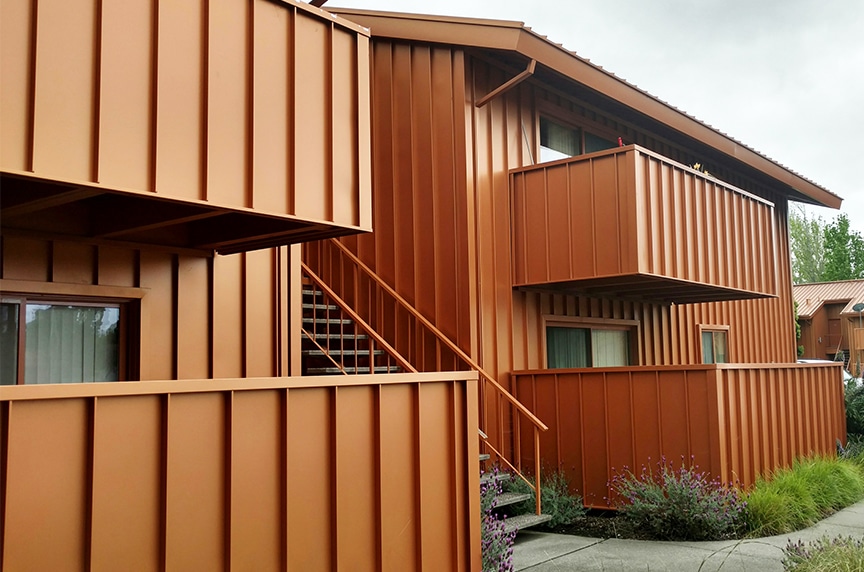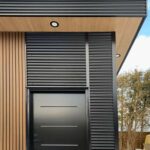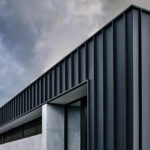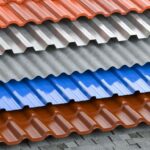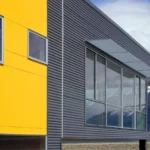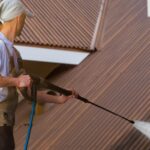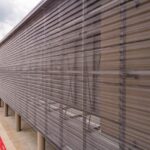Corrugated panels are a popular choice for a variety of construction projects, thanks to their durability and versatility. Whether you’re considering corrugated panels for roofing, wall cladding, or another application, proper installation is the key to their long-term performance. In this comprehensive guide, we’ll walk you through the essential steps of corrugated panel setup, equipping you with the knowledge and confidence to tackle your project like a pro.
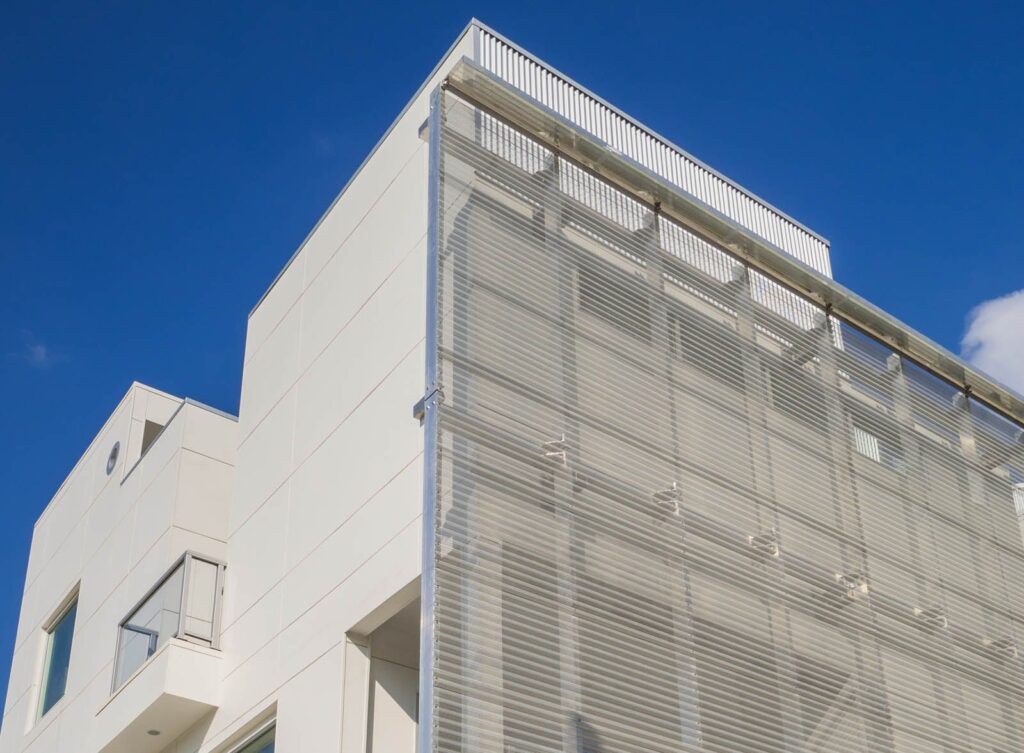
1. Planning and Preparation
Measure Twice: Begin by taking precise measurements of the area where the corrugated panels will be installed. Measure twice to ensure accuracy.
Material Selection: Choose the appropriate material for your project. Corrugated panels are available in various materials, including metal, PVC, and fiberglass.
Safety Gear: Prioritize safety by gathering the necessary safety gear, including gloves, safety glasses, and appropriate clothing.
2. Surface Preparation
Clean and Clear: Ensure the installation surface is clean and free of debris. Remove any old or damaged panels or roofing materials, and make any necessary repairs to the substrate.
Vapor Barrier: Depending on your project, consider adding a vapor barrier for insulation or waterproofing. This extra layer can enhance your installation’s performance.
3. Panel Cutting
Precise Cuts: Corrugated panels may require cutting to fit specific areas. Use a circular saw with a fine-toothed blade for clean, precise cuts. Always measure carefully before cutting.
4. Panel Attachment
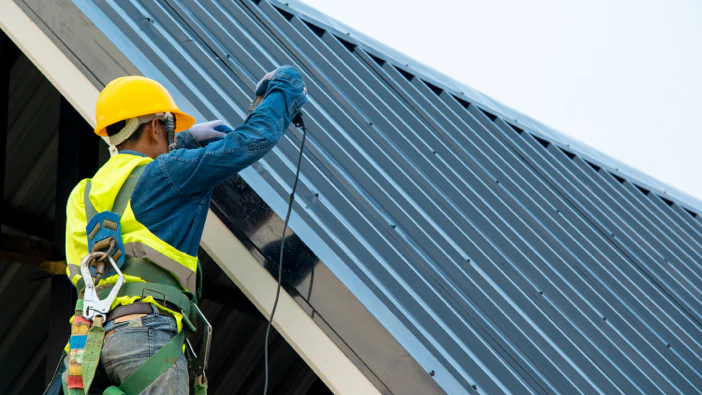
Secure Fastening: Use roofing or wall screws to attach the panels securely. Ensure that they are fastened tightly, especially in areas prone to strong winds or adverse weather.
Use a Power Drill: A power drill with the appropriate screwdriver bits is a valuable tool for efficient installation. It saves time and effort, making the process smoother.
5. Panel Overlapping
Overlap for Weather Resistance: For roofing projects, overlap the corrugated panels to ensure a watertight seal. The degree of overlap needed depends on the roof’s pitch and local building codes.
6. Sealing and Finishing
Waterproof Sealant: To enhance the weather resistance of your installation, consider sealing the panel screws and joints with a waterproof sealant. This extra step can help prevent leaks and extend the lifespan of your installation.
7. Safety First
Prioritize Safety: Always put safety first. Wear appropriate safety gear, use a stable ladder or scaffolding for elevated installations, and exercise caution when working with power tools.
Frequently Asked Questions
What are corrugated panels, and what are their common applications?
Corrugated panels are versatile building materials used for roofing, wall cladding, fencing, and more. They are known for their durability and cost-effectiveness.
Why is proper installation of corrugated panels essential?
Proper installation ensures the panels’ long-term performance, weather resistance, and structural integrity.
What safety gear should I wear during corrugated panel installation?
Safety gear includes gloves, safety glasses, and appropriate clothing to protect against potential hazards.
How do I measure and plan for corrugated panel installation?
Take precise measurements of the installation area and select the right material. Planning is crucial for a successful installation.
What is the significance of surface preparation in panel installation?
A clean and clear surface free of debris, old materials, and repairs is essential for a secure installation. Consider adding a vapor barrier for insulation or waterproofing.
How can I make precise cuts for corrugated panels?
Use a circular saw with a fine-toothed blade, measure carefully before cutting, and ensure that the panels fit the required areas accurately.
What types of screws and fasteners should I use for panel attachment?
Roofing or wall screws, along with a power drill, are ideal for secure attachment. Make sure the screws are tightened properly.
Why is panel overlapping important for roofing projects, and how much should I overlap them?
Overlapping panels is essential for weather resistance. The degree of overlap required depends on the roof’s pitch and local building codes.
Should I use a waterproof sealant for panel screws and joints?
Using a waterproof sealant can enhance weather resistance, prevent leaks, and extend the installation’s lifespan.
What safety precautions should I take during corrugated panel installation?
Prioritize safety by wearing the necessary gear, using a stable ladder or scaffolding for elevated installations, and exercising caution when using power tools.
Conclusion
By following these steps, you can ensure that your corrugated panel installation is successful and built to last. Whether it’s a roofing project, wall cladding, or another application, the key is careful planning, precise execution, and a commitment to safety. With this guide in hand, you’re ready to embark on your corrugated panel installation journey.

